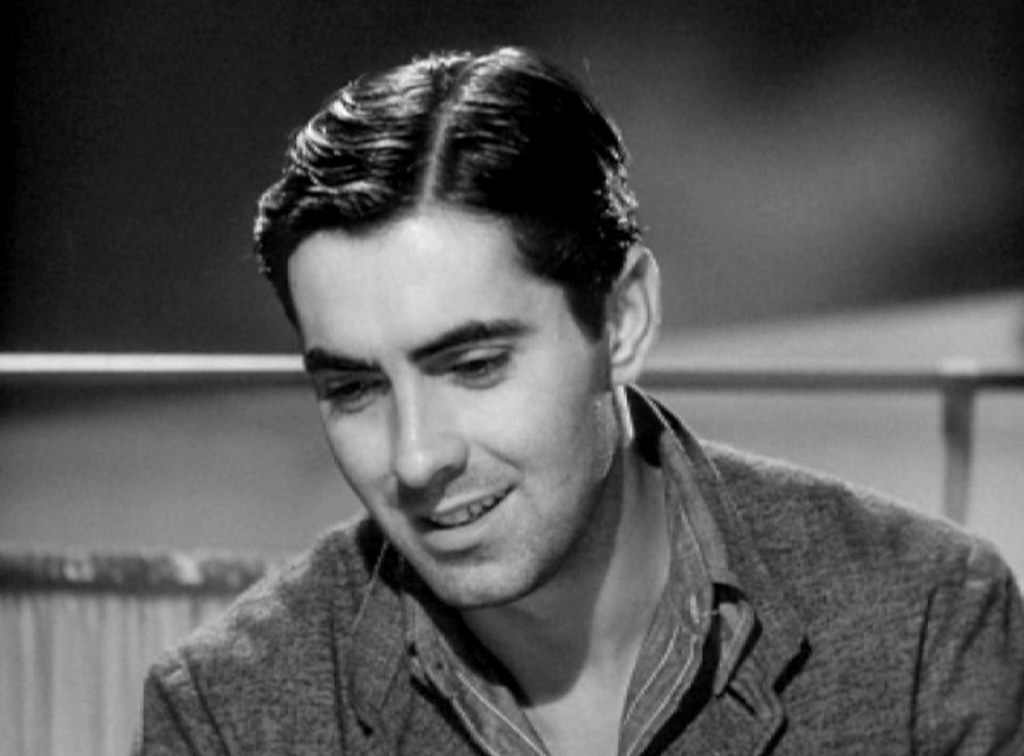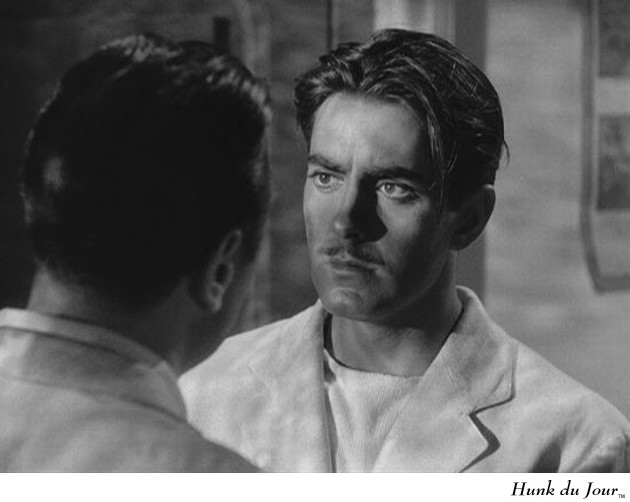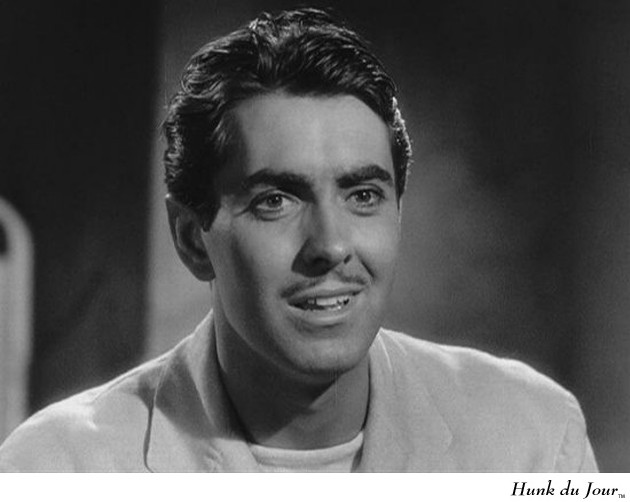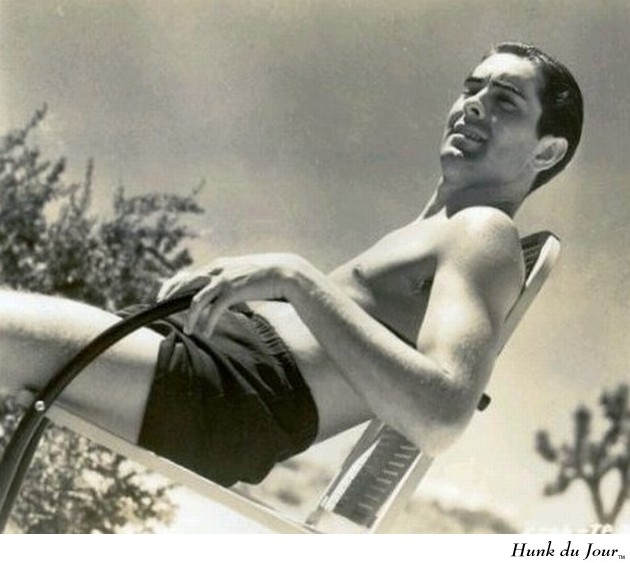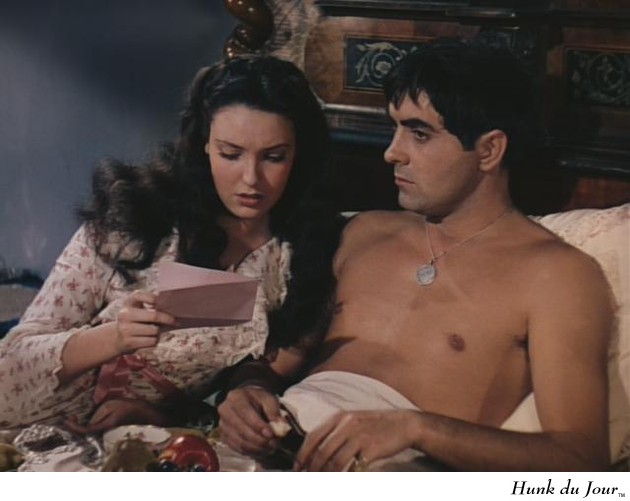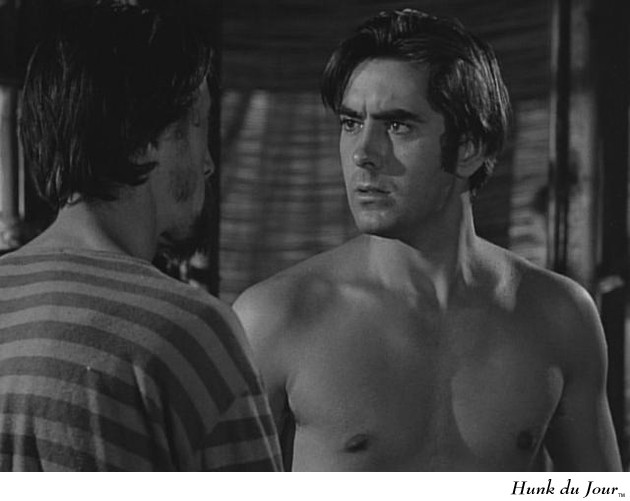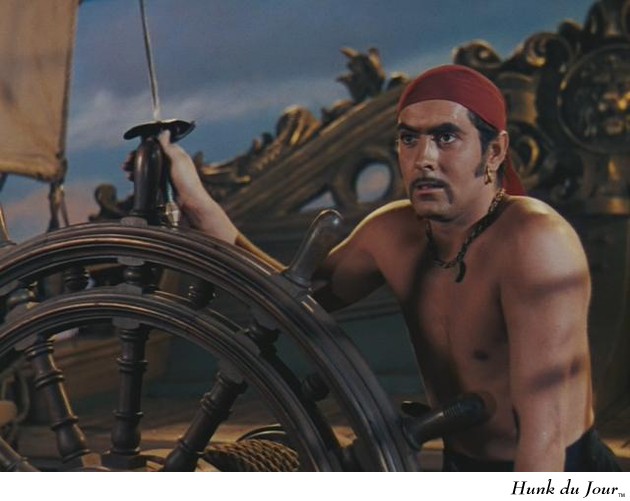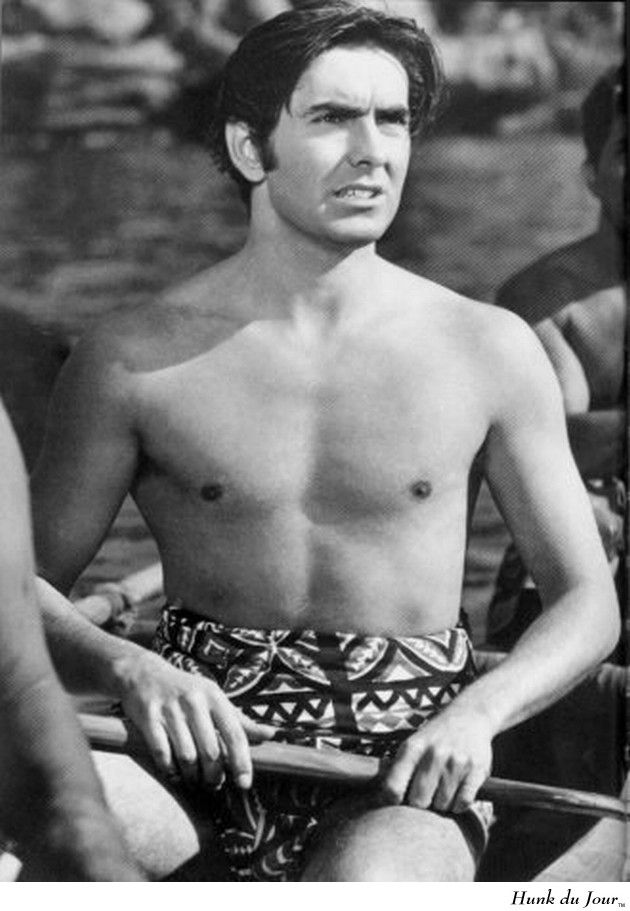trencherman
Junior Member
- Joined
- Dec 25, 2008
- Messages
- 2,035
- Reaction score
- 22
- Points
- 0
Truman Capote
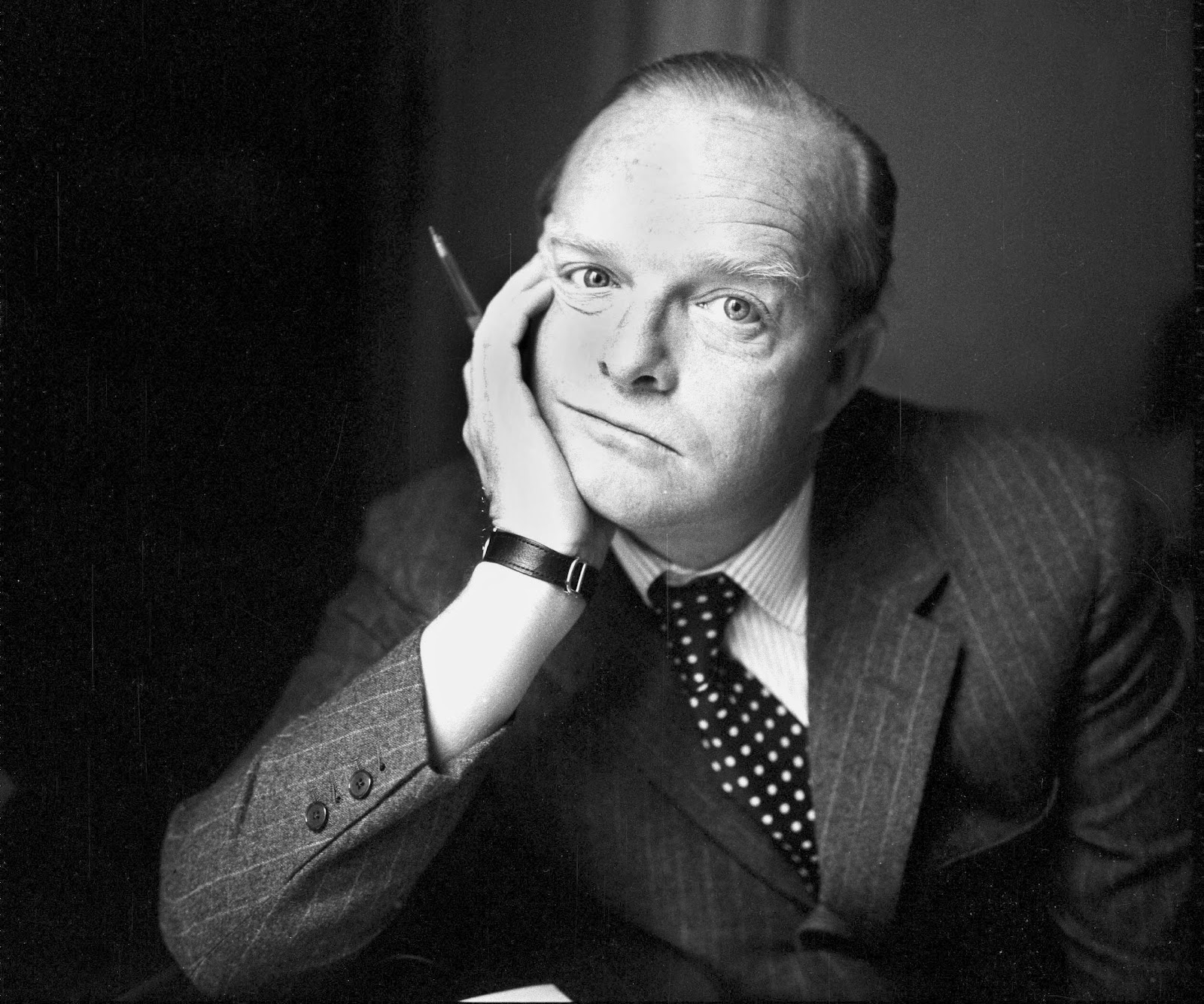
Truman Capote and Jack Dunphy in Rome 1949.
This must be one of the smartest modelling of a grey suit ever.
Truman Capote

Truman Capote and Jack Dunphy in Rome 1949.


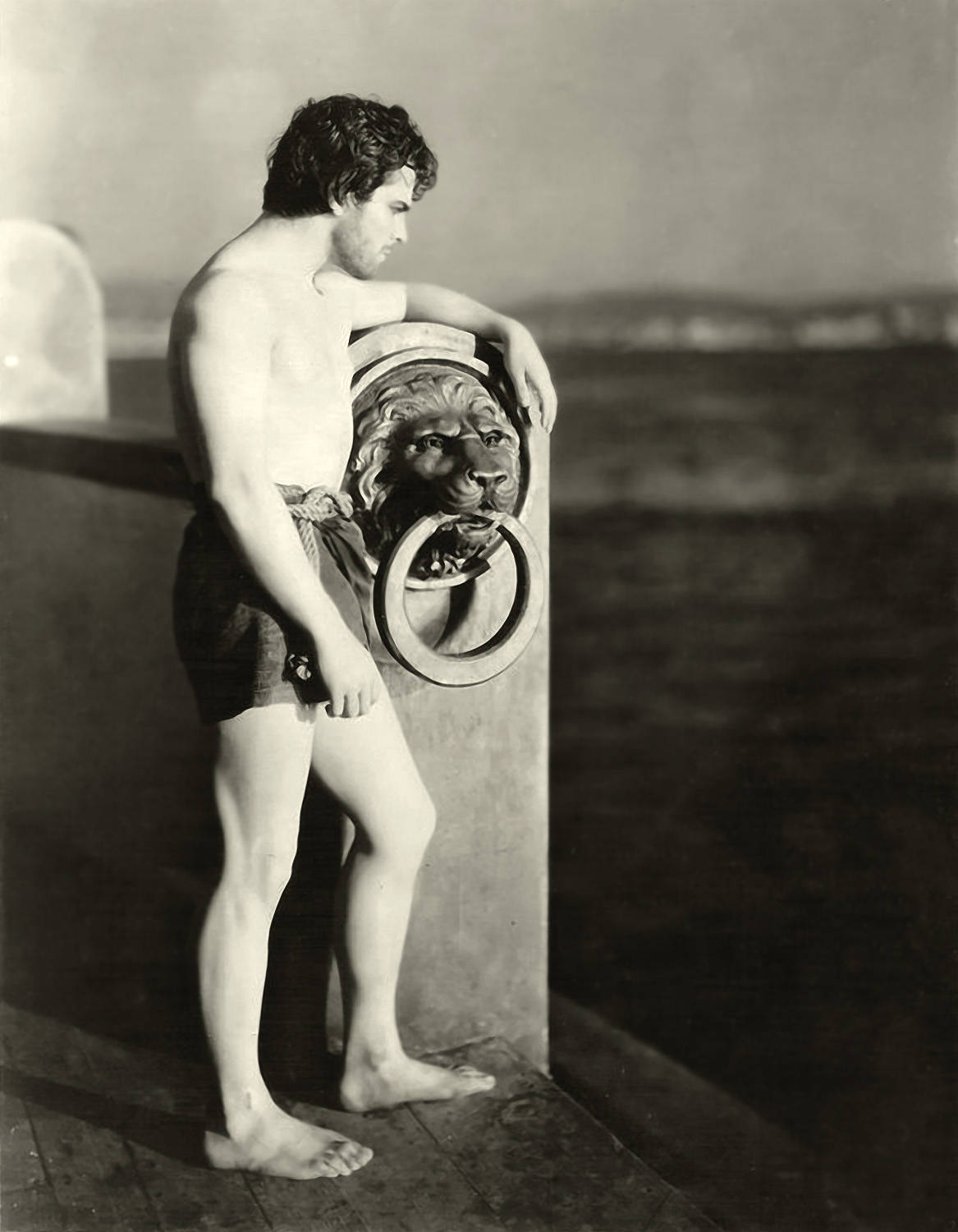
Wikipedia
Jose Ramón Gil Samaniego, best known as Ramón Novarro (February 6, 1899 – October 30, 1968), was a Mexican film, stage and television actor who began his career as a leading man in silent films in 1917. Novarro was promoted by MGM as a "Latin lover" and became known as sex symbol after the death of Rudolph Valentino.
Early life
Novarro was born José Ramón Gil Samaniego on February 6, 1899 in Durango, Mexico, to Dr. Mariano N. Samaniego, and his wife, Leonor. The family moved to Los Angeles, California, to escape the Mexican Revolution in 1913.
Allan Ellenberger, Novarro's biographer, writes:
[...t]he Samaniegos were an influential and well-respected family in Mexico. Many Samaniegos had prominent positions in the affairs of state and were held in high esteem by the president. Ramon's grandfather, Mariano Samaniego, was a well-known physician in Juarez. Known as a charitable and outgoing man, he was once an interim governor for the State of Chihuahua and was the first city councilman of El Paso, Texas...
Ramon's father, Dr. Mariano N. Samaniego, was born in Juarez and attended high school in Las Cruces, New Mexico. After receiving his degree in dentistry at the University of Pennsylvania, he moved to Durango, Mexico, and began a flourishing dental practice. In 1891 he married Leonor Pérez-Gavilán, the beautiful daughter of a prosperous landowner. The Pérez-Gaviláns were a mixture of Spanish and Aztec blood, and according to local legend, they were descended from Guerrero, a prince of Montezuma.
The family estate was called the "Garden of Eden". Thirteen children were born there: Emilio; Guadalupe; Rosa; Ramón; Leonor; Mariano; Luz; Antonio; José; a stillborn child; Carmen; Ángel and Eduardo. At the time of the revolution in Mexico, the family moved from Durango to Mexico City and then back to Durango. Three of Ramón's sisters, Guadalupe, Rosa, and Leonor, became nuns.[3] He was a second cousin of the Mexican actresses Dolores del Río and Andrea Palma.
Career
Silent films
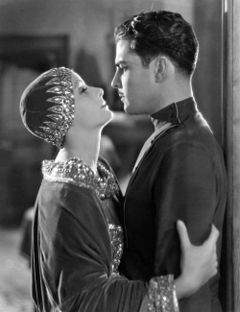
Novarro with Greta Garbo in Mata Hari (1931)
He entered films in 1917 in bit parts. He supplemented his income by working as a singing waiter. His friends, actor and director Rex Ingram and his wife, the actress Alice Terry, began to promote him as a rival to Rudolph Valentino, and Ingram suggested he change his name to "Novarro." From 1923, he began to play more prominent roles. His role in Scaramouche (1923) brought him his first major success.
In 1925, Novarro achieved his greatest success in Ben-Hur. His revealing costumes caused a sensation. He was elevated into the Hollywood elite. As did many stars, Novarro engaged Sylvia of Hollywood as a therapist (although in her tell-all book, Sylvia erroneously claimed that Novarro slept in a coffin). With Valentino's death in 1926, Novarro became the screen's leading Latin actor, though ranked behind his MGM contemporary, John Gilbert, as a leading man. He was popular as a swashbuckler in action roles and considered one of the great romantic lead actors of his day. Novarro appeared with Norma Shearer in The Student Prince in Old Heidelberg (1927) and with Joan Crawford in Across to Singapore (1928).
Talking films
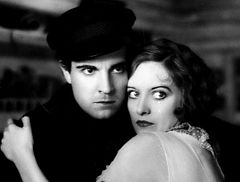
Novarro with Joan Crawford in Across to Singapore (1928)
He made his first talking film, starring as a singing French soldier, in Devil-May-Care (1929). He starred with Dorothy Janis in The Pagan (1929), with Greta Garbo in Mata Hari (1931), with Myrna Loy in The Barbarian (1933) and opposite Lupe Vélez in Laughing Boy (1934).
When his contract with MGM Studios expired in 1935 and the studio did not renew it, Novarro continued to act sporadically, appearing in films for Republic Pictures, a Mexican religious drama, and a French comedy. In the 1940s, he had several small roles in American films, including We Were Strangers (1949), directed by John Huston and starring Jennifer Jones and John Garfield. In 1958, he was considered for a role in the television series The Green Peacock, with Howard Duff and Ida Lupino, after their CBS Television sitcom Mr. Adams and Eve (1957–58). The project, however, never materialized. A Broadway tryout was aborted in the 1960s. Novarro kept busy on television, appearing in NBC's The High Chaparral as late as 1968.

Novarro with Lupe Vélez in Laughing Boy (1934)
At the peak of his success in the late 1920s and early 1930s, Ramón Novarro was earning more than US$100,000 per film. He invested some of his income in real estate, and his Hollywood Hills residence is one of the more renowned designs (1927) by Lloyd Wright, the son of Frank Lloyd Wright. When his career ended, he was still able to maintain a comfortable lifestyle.
Personal life
Novarro was troubled all his life by his conflicted feelings toward his Roman Catholic religion and his homosexuality. His life-long struggle with alcoholism is often traced to these issues. MGM mogul Louis B. Mayer reportedly tried to coerce Novarro into a "lavender marriage", which he refused. He was romantically involved with journalist Herbert Howe, who was also his publicist in the late 1920s.
Along with Dolores del Río, Lupe Vélez and James Cagney, Novarro was accused of promoting Communism in California. It happened after they attended a special screening of the film ¡Que viva México! by famed Russian filmmaker Sergei M. Eisenstein.
Death
Novarro was murdered on October 30, 1968, by brothers Paul and Tom Ferguson, aged 22 and 17, whom he had hired from an agency to come to his Laurel Canyon home for sex. According to the prosecution in the murder case, the two young men believed that a large sum of money was hidden in Novarro's house. The prosecution accused the brothers of torturing Novarro for several hours to force him to reveal where the non-existent money was hidden. They left the house with $20 they took from his bathrobe pocket. Novarro died as a result of asphyxiation—having choked to death on his own blood after being beaten. The two perpetrators were caught and sentenced to long prison terms, but released on probation in the mid-1970s. Both were later re-arrested for unrelated crimes for which they served longer prison terms than for the murder of Novarro.
Ramón Novarro is buried in Calvary Cemetery, in Los Angeles. Ramón Novarro's star on the Hollywood Walk of Fame is at 6350 Hollywood Boulevard.
In popular culture
Novarro's murder served as the basis for the short story by Charles Bukowski called The Murder of Ramon Vasquez, as well as for the song by Jerry Leiber and Mike Stoller, "Tango," recorded by Peggy Lee on her Mirrors album.
In late 2005, the Wings Theatre in New York City staged the world premiere of Through a Naked Lens by George Barthel. The play combined fact and fiction to depict Ramon Novarro's rise to fame and his relationship with Hollywood journalist Herbert Howe.
Novarro's relationship with Herbert Howe is discussed in two biographies: Allan R. Ellenberger's Ramón Novarro and André Soares's Beyond Paradise: The Life of Ramón Novarro.
Prize-winning Greek playwright Pavlos Matesis wrote a play in two parts titled "The Ghost of Mr. Ramon Novarro", which was first staged at the National Theatre of Greece in 1973.
In the Season 3 episode "Every Dog Has His Day..." of All Creatures Great and Small, Novarro is referred to by the housekeeper, Mrs. Hall.
Novarro's death was referenced in The Sopranos episode "Cold Stones".
In John Guare's play The House of Blue Leaves, the lead character jokes that he is Ramon Novarro when he calls his friend, a film director. (The play deals with the subjects of celebrity and violence.)
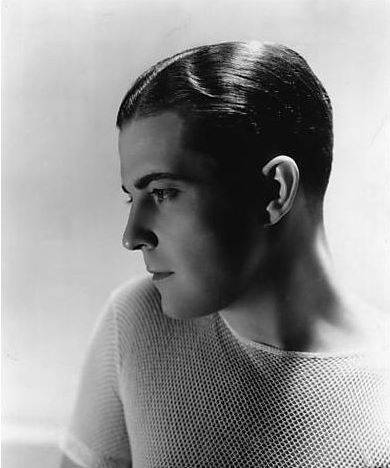
Ramon Novarro was once one of the great male sex symbols in American films. The gorgeous Mexico-born movie star caused a sensation in the original silent film Ben Hur as his scantily clad body aroused his female (and closeted gay) fans. Ben Hur was arguably the most famous film of the silent era. Ramon Novarro was a Hollywood superstar when movies began. He was also gay at a time when homosexuality was viewed as a major illness. Few gay men—let alone major movie stars—were willing to risk disclosure. Ramon Novarro was pretty much forgotten in 1968 when his murder by two hustlers was one of the most shocking Hollywood scandals of the era.
Ramon Novarro was born Jose Ramon Gil Samaniego in Mexico in 1899. His family was wealthy and influential, and Novarro was a second cousin of Mexican movie star Dolores del Rio. Arriving in California, Jose changed his name to Ramon Novarro and started getting decent roles in silent pictures. With Rudolph Valentino and the Latin craze sweeping Hollywood, Navarro got better roles and then screen immortality with the starring role in Ben Hur. Playing Judah Ben Hur (later played by Charlton Heston in the Oscar-winning remake), Navarro became a movie idol. The fact that he wore very little clothes for most of the film helped turn him into a sex symbol. With the death of Valentino the following year, Novarro had no equal in the male Latin bombshell department. Navarro starred with Norma Shearer and Joan Crawford in hit films and easily made the transition to talkies—including the classic Mata Hari with screen legend Greta Garbo.
But in 1935, MGM chose not to renew Ramon Novarro's contract. Why??? Were Latin idols fading, or were Louis B. Mayer's frustrated attempts to hide Novarro's gayness the real reason? Probably a bit of both. Ramon Novarro continued to make films and even had featured roles in two 1949 classics—We Were Strangers with Jennifer Jones and The Big Steal with Jane Greer and Robert Mitchum. Ramon Navarro did not have to work, as he was extremely wealthy due to real estate investments. This allowed him plenty of time to entertain a long line of young boys over three decades.
By the time Novarro was 69 years old in 1968 he hadn't changed. He still drank tons of alcohol and paid gay escorts for relief. On Oct. 30, the night before Halloween, Novarro made the unfortunate decision to hire two hustlers (brothers 22 and 17). A dispute over money erupted afterwards and there was a grotesque tableau of torture and death. The murder of Ramon Novarro was a tawdry media circus. Rumors of metal dildos and other specious elaborations followed Ramon Novarro's death for years. The two killers were both trashy and stupid and almost pitiable had it not been for the gruesome murder.
Each of the killers made lurid statements to the police such as, "He died bravely. ... All he wanted out of life was to live and suck a few dicks." and "He kept trying to to put his fingers up my rectum. ... I started hitting him." The defense lawyer put Ramon Novarro on trial, stating, "This man, who set female hearts aflutter, was nothing but a queer," and, "There's no way of calculating how many felonies this man committed over the years for all his piety. ... Would this have happened if Novarro had not been a seducer of young men?"
Both brothers were found guilty of first-degree murder, but because they had killed a gay man, both were paroled after serving only seven years in prison. They were both in and out of prison later for rape and sodomy (women). The youngest of the two brothers committed suicide, and the other is still in prison.
A Latin Adonis, a fine actor and an early superstar, Ramon Novarro is known mostly for his notorious murder. The best study of Ramon Novarro's life and career is the 2002 book by Andre Soares, Beyond Paradise: The Life of Ramon Novarro, available from Amazon. Ramon Novarro was one of the first gay superstars. He deserves to be remembered for his beauty and career and not his ghastly death.
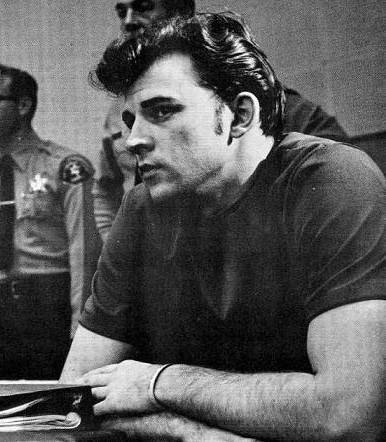
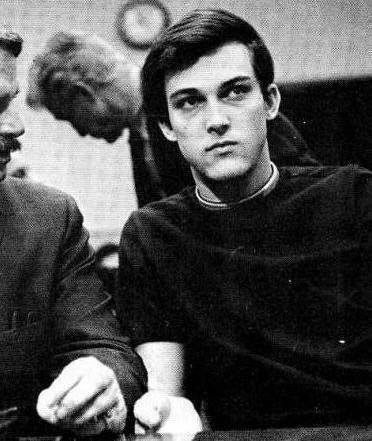
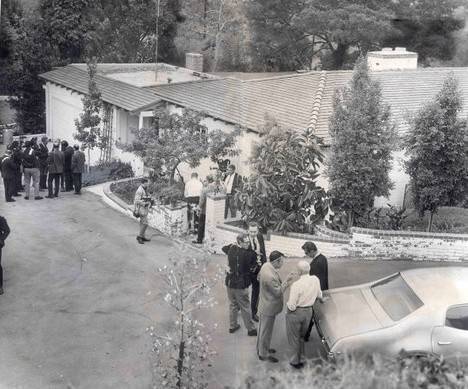
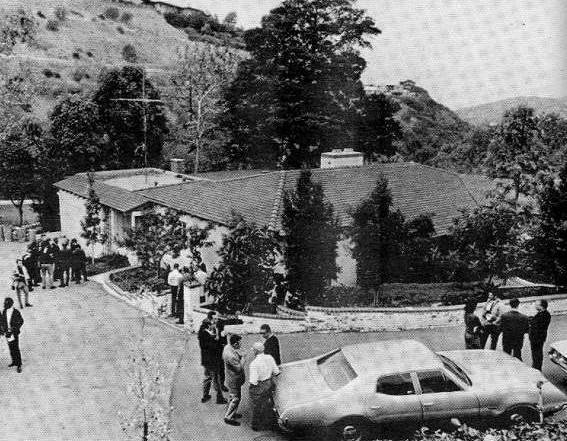

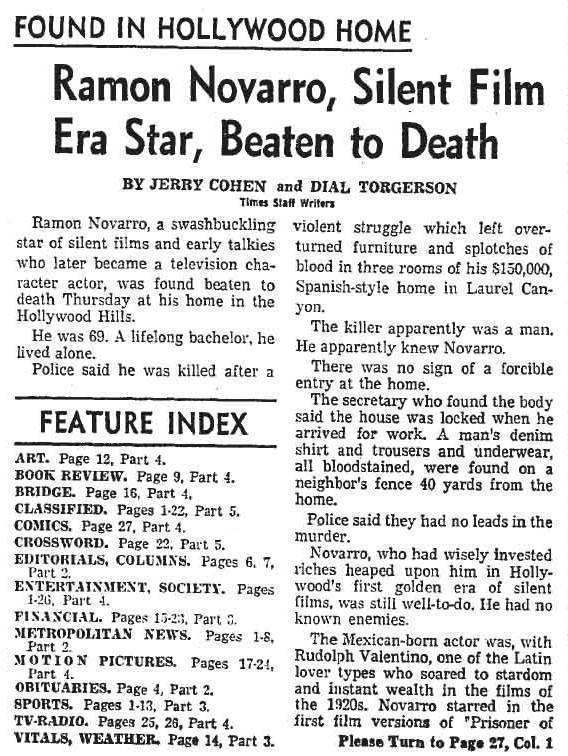
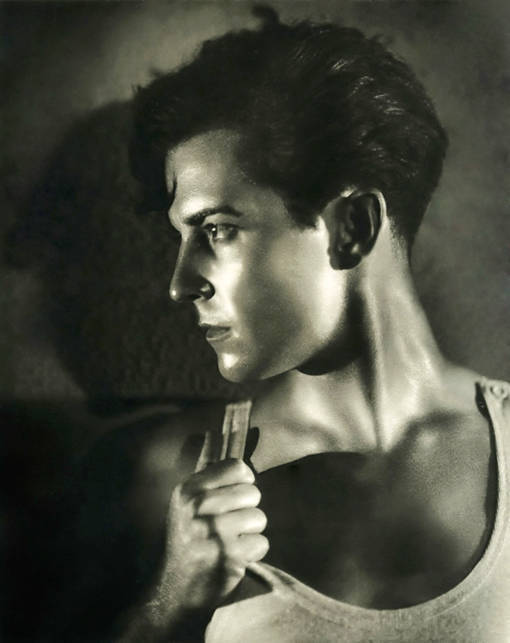
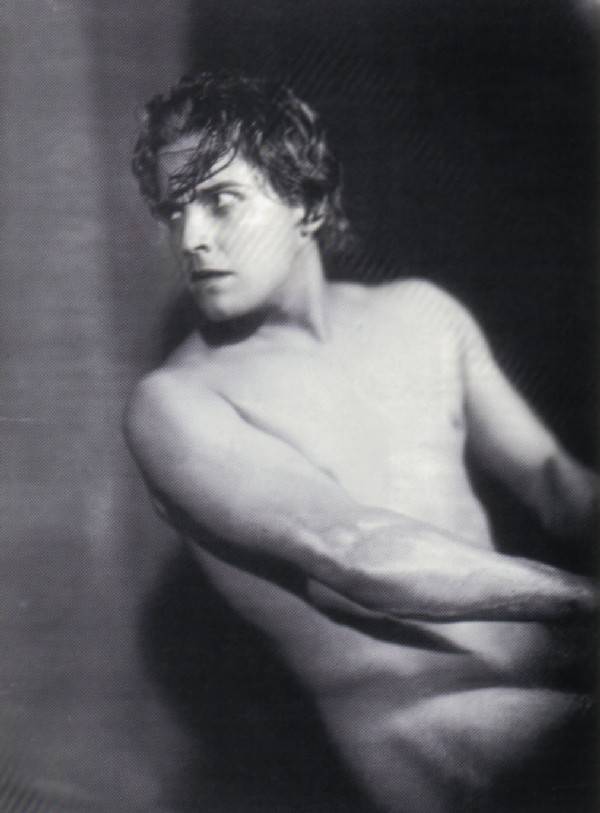
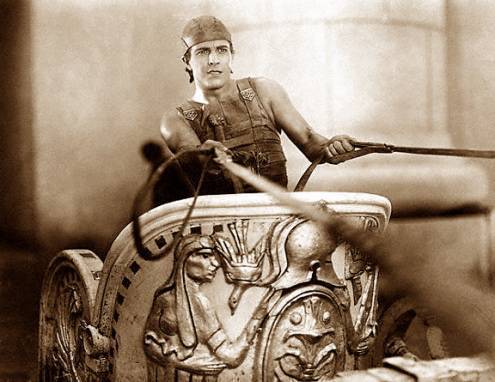
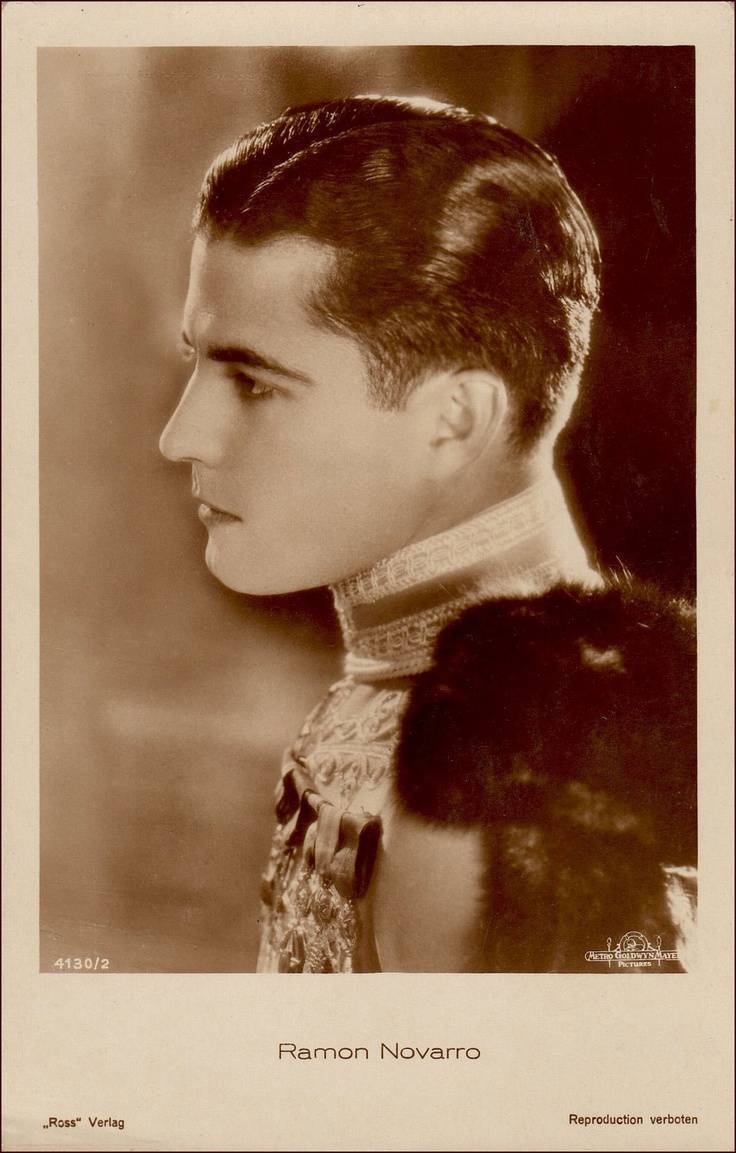



When I was a kid, I was in absolute list with the comic strip character who was the son of Prince Valiant. Anyone remember his name?
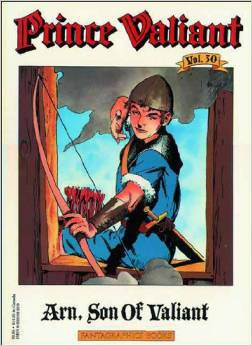
When I was a kid, I was in absolute list with the comic strip character who was the son of Prince Valiant. Anyone remember his name?

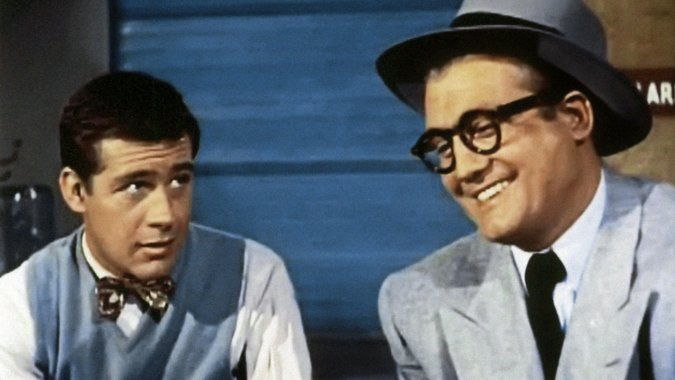
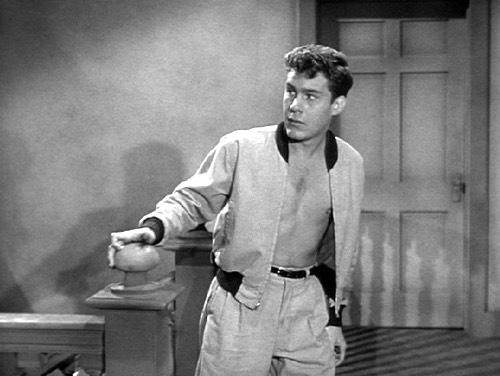

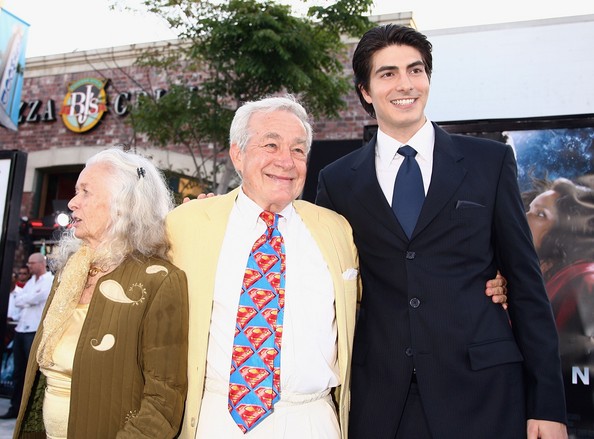
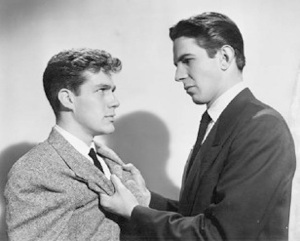
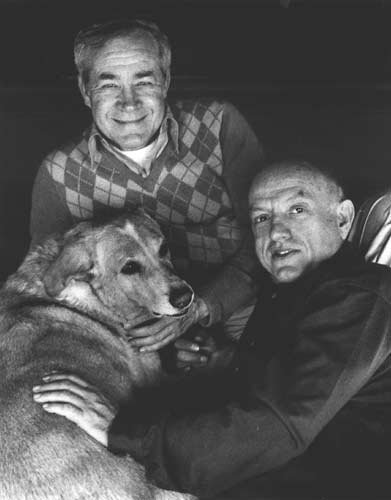
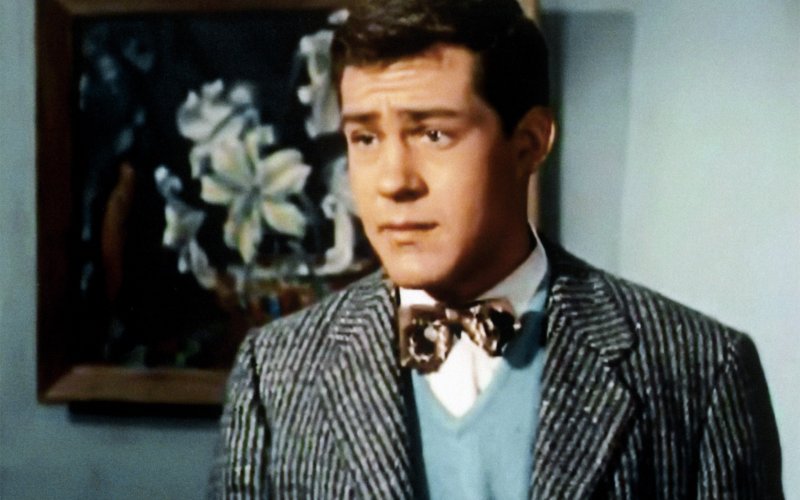
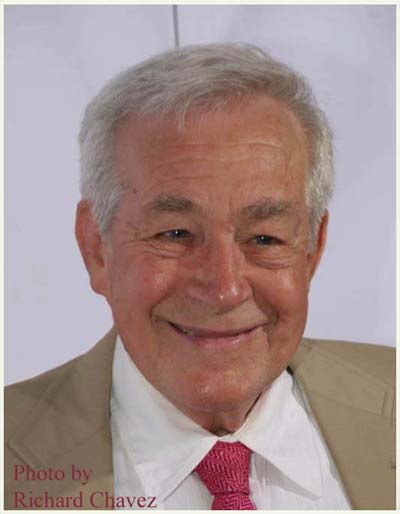
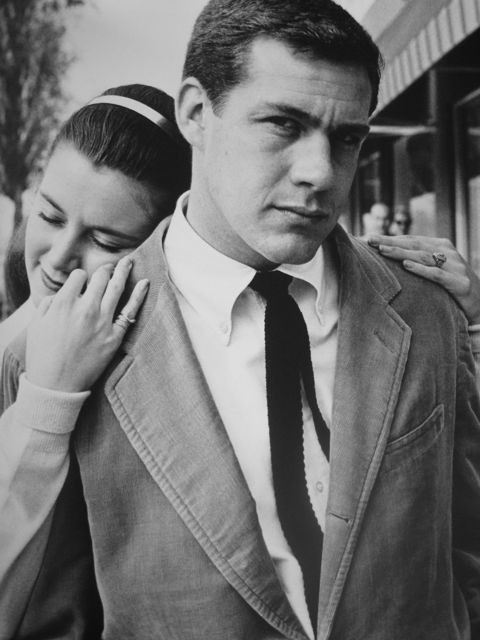
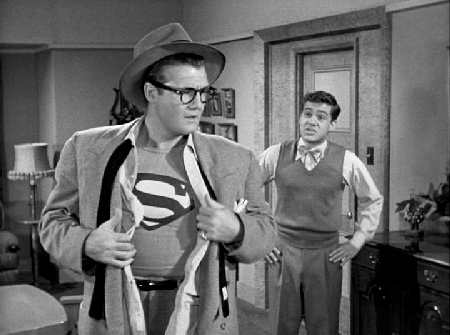
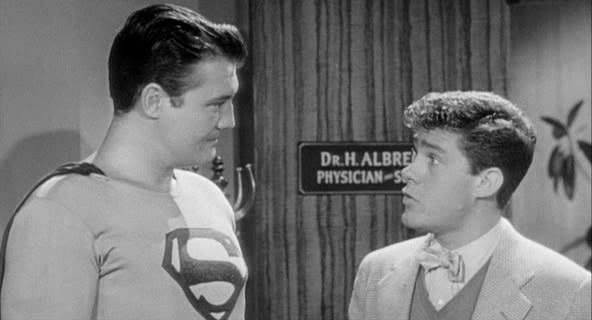
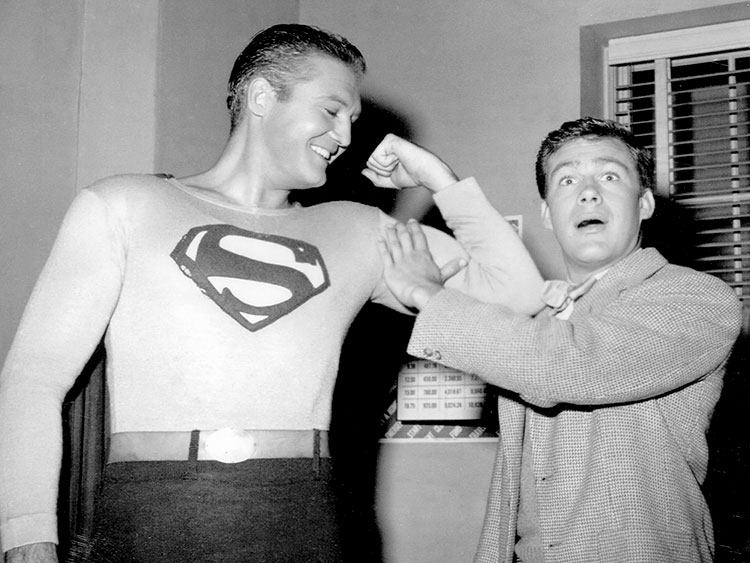
 stances in 1959.
stances in 1959.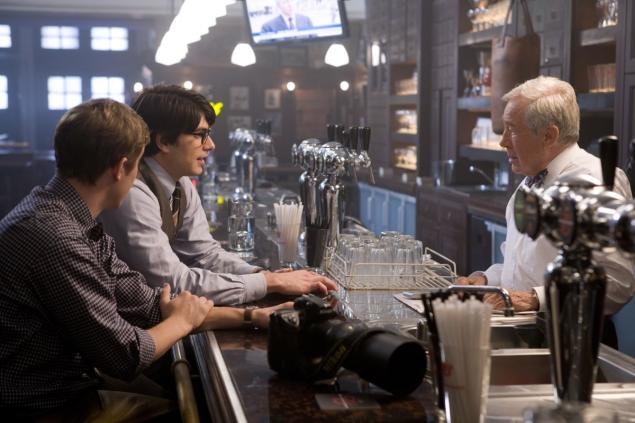
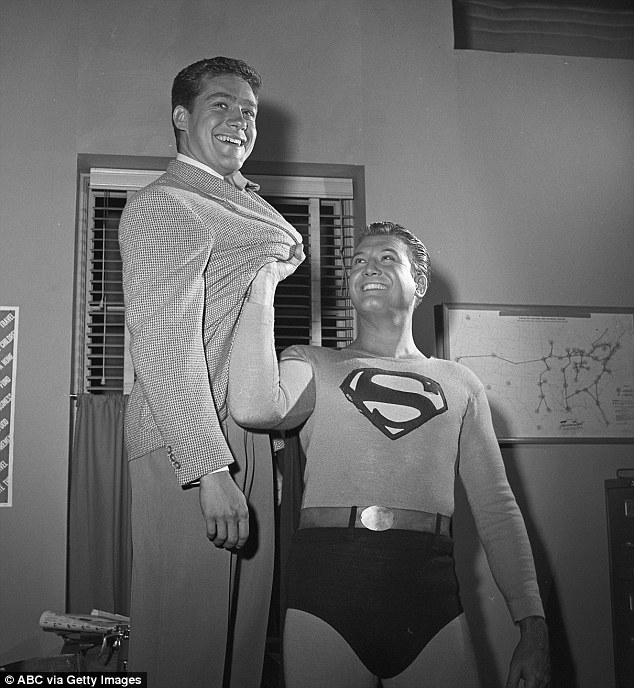
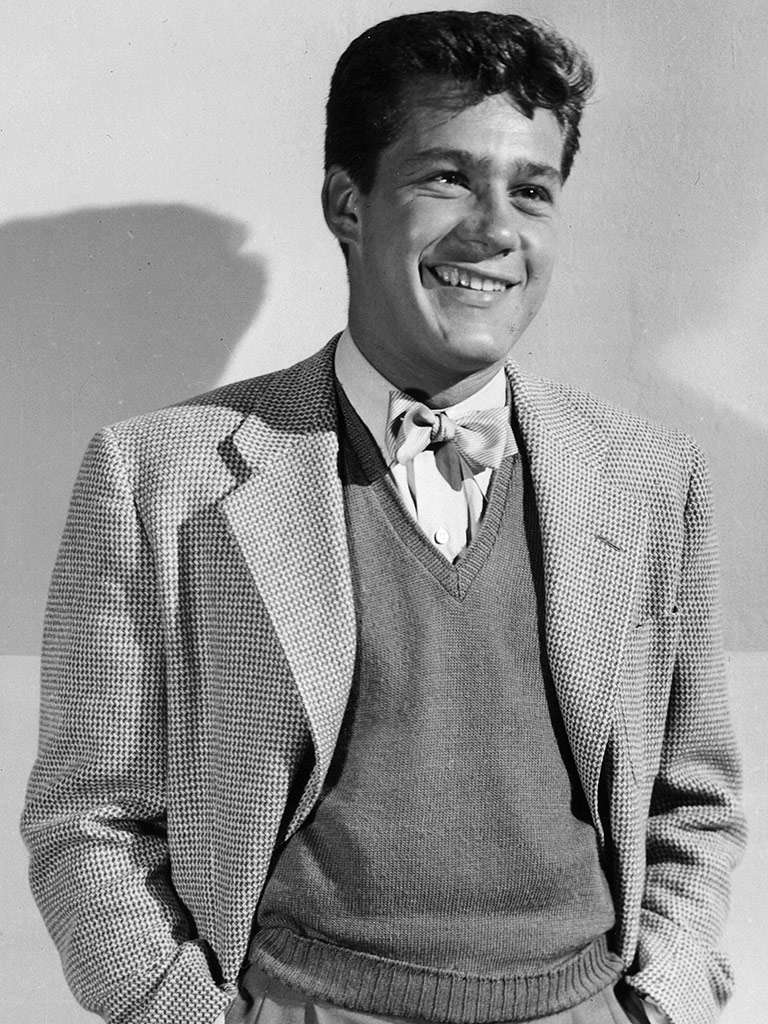
Charles Nelson Reilly

Charles Nelson Reilly: The wacky comedian with a gift for double entendres.
Charles Nelson Reilly (January 13, 1931 – May 25, 2007) was an American actor, comedian, director, and drama teacher known for his comedic roles in stages, films, children's television, and cartoons, and as a game show panelist.
Reilly did not publicly affirm his homosexuality until his one-man show, Save It for the Stage. However, much like fellow game-show regular Paul Lynde of the same era, Reilly played up a campy on-screen persona. In many episodes of Match Game, he would lampoon himself by briefly affecting a deep voice and the nickname "Chuck," and self-consciously describing how "butch" he was. He mentioned in a 2002 interview with Entertainment Tonight that he felt no need to note this and that he never purposely hid being gay from anyone. Patrick Hughes III, a set decorator and dresser, was Reilly's domestic partner; the two met backstage while Reilly appeared on the game show Battlestars. They lived in Beverly Hills.
Despite sporting what appeared to be a full head of hair for most of the prime of his career, Reilly was in fact bald, wearing a toupée throughout most of his appearances in the 1970s and 1980s. During the taping of Match Game 74 his toupee became the joke of the filming when Reilly had to go to NYC to have his toupee adjusted. During the taping of several episodes Reilly is seen wearing different hats because his toupée is back in NY waiting for him to be fitted. This was the start of the long-running jokes on Match Game about his hair. He abandoned the toupée in the late 1990s and appeared bald in public for the rest of his life. He dramatized the experience in his stage show, The Life of Reilly.
I was looking through old threads in the General Discussions section and I found an interesting Youtube post, by trencherman, of a video by Charles Nelson Reilly about his life called appropriately 'The Life of Reilly'.
I thought it was worthy of sharing with the forum again so here is the link for it:
The Life of Reilly
Thanks to trencherman!
